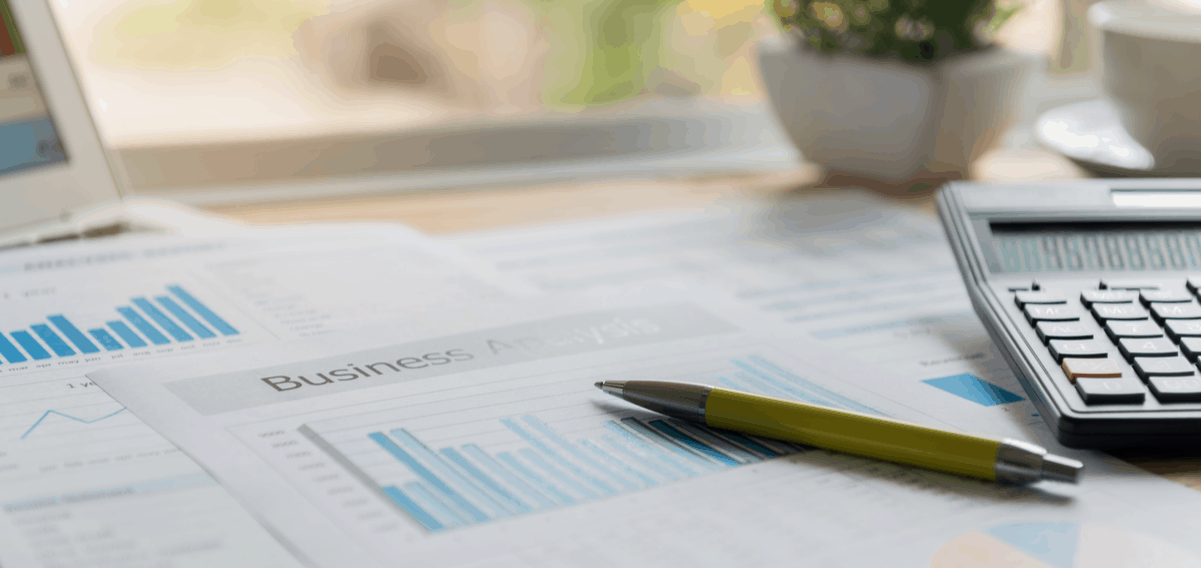Finding and applying for business loan is a process that requires patience, time, and proper documentation to complete. There are a variety of factors that affect what type of documentation—and how much of it—you will need to provide. Some of these factors include the size of the loan and your current financial situation. One of the most important factors is the type of financing you will be applying for. Make sure you know what is the documentation requirement for the loans you are applying for.

Image by Ngampolthongsai from Canva
Conventional, Non-SBA Loans
Conventional business loans, which are offered by most large financial institutions, are commonly used by established businesses to gain access to the money they need. A government entity doesn’t guarantee a conventional loan. Conventional loans are classified as “conforming” or “non-conforming.” The Federal National Mortgage Association (Fannie Mae) and the Federal Home Loan Mortgage Corporation set lending guidelines for conforming conventional loans (Freddie Mac). Non-conforming conventional loans, on the other hand, may give some flexibility from some lenders.
If the loan you are applying for is not an SBA loan, then here are the documents you will typically need:
-
Bank statements from the previous three to twelve months
Banks want to verify cash flow and to check if there are any unusual bank transactions. So, this is to ensure that you will be able to pay off the loan in the timeframe specified.
-
Current Business financial statements
A business financial statement is a document that provides an overview of a business’s performance in a specific area. The two most important financial documents are:
-
Profit & Loss
-
Balance Sheet
A small business balance sheet is simply a list of assets and liabilities that illustrates your company’s net value. So, cash, inventories, receivables, buildings, machinery, and equipment are all examples of assets. It’s what you’d get if you sold off all of your company’s assets.
On the other hand, an income statement shows how your business has performed, usually on a monthly basis. It lists your revenues and costs, gross profits, selling and administrative expenses, other income and costs as well as taxes you’ve paid and net profit for the period it covers.
-
Tax Returns up to previous three years
Business tax returns include companies’ historical financial data such as income, expenses, assets, and liabilities. Business tax return also include ownership structure. That is to say, this data allows the bank to dig more deeply into your business’s financial patterns of receipts and expenditures.
-
Business Organizational documents
- Article of LLC or Corporation
- Tax ID number confirmation
- LLC Operating Agreement or ByLaws
-
- License and other certificates needed for doing business.
Banks will need to see these in order to confirm that your business is appropriately certified, so that they can be confident that the loan they are providing you will not be a long-term liability for them.
-
Personal Financial Statement (Personal Balance Sheet)
PFS presents business owners net worth. Banks use this information to ensure that you are responsible with money and have no outstanding personal liabilities that may interfere with your timely repayment of the loan.
-
Personal tax returns of business owner(s) up to previous three years
Personal income statement shows business owners’ income from all sources. As with the business tax returns, this information is used to confirm that your personal financial patterns are consistent over time. So, you can be expected to pay what you owe.
Documentation for SBA Loans
If your business is new and not very well-established, your credit history may not allow you to qualify for a conventional business loan. So, if you find yourself in this kind of situation, you may want to consider a Small Business Administration (SBA) loan. These loans are intended for new or smaller-than-average businesses that don’t qualify for conventional business loans, or that want to take a different funding avenue.
For SBA loans there are many specific documents you will need to provide. A few of these are:
- Application for business loan (SBA Form 4);
- Lender’s application for guaranty or participation (SBA Form 4i), which should be completed by your lending institution;
- Statement of personal history (SBA Form 912);
- Detailed one-year projection of income and finances, with written explanation as to how you expect to achieve the stated numbers;
- Ownership structure and any affiliations, including concerns in which the applicant holds a controlling (but not necessarily a majority) interest and other concerns that may be affiliated by stock ownership, franchise, proposed merger or otherwise with the applicant;
- Certificate of doing Business (If a corporation, stamp corporate seal on SBA Form 4 section 12).
Organizing Your Documents
Above all, make sure required documents are orderly and accurate. All the information you provide will be verified by your funding provider and the organization guaranteeing the loan. False or misleading information will result in your loan being denied. Finally, make sure you keep personal copies of all loan documentation packages.




